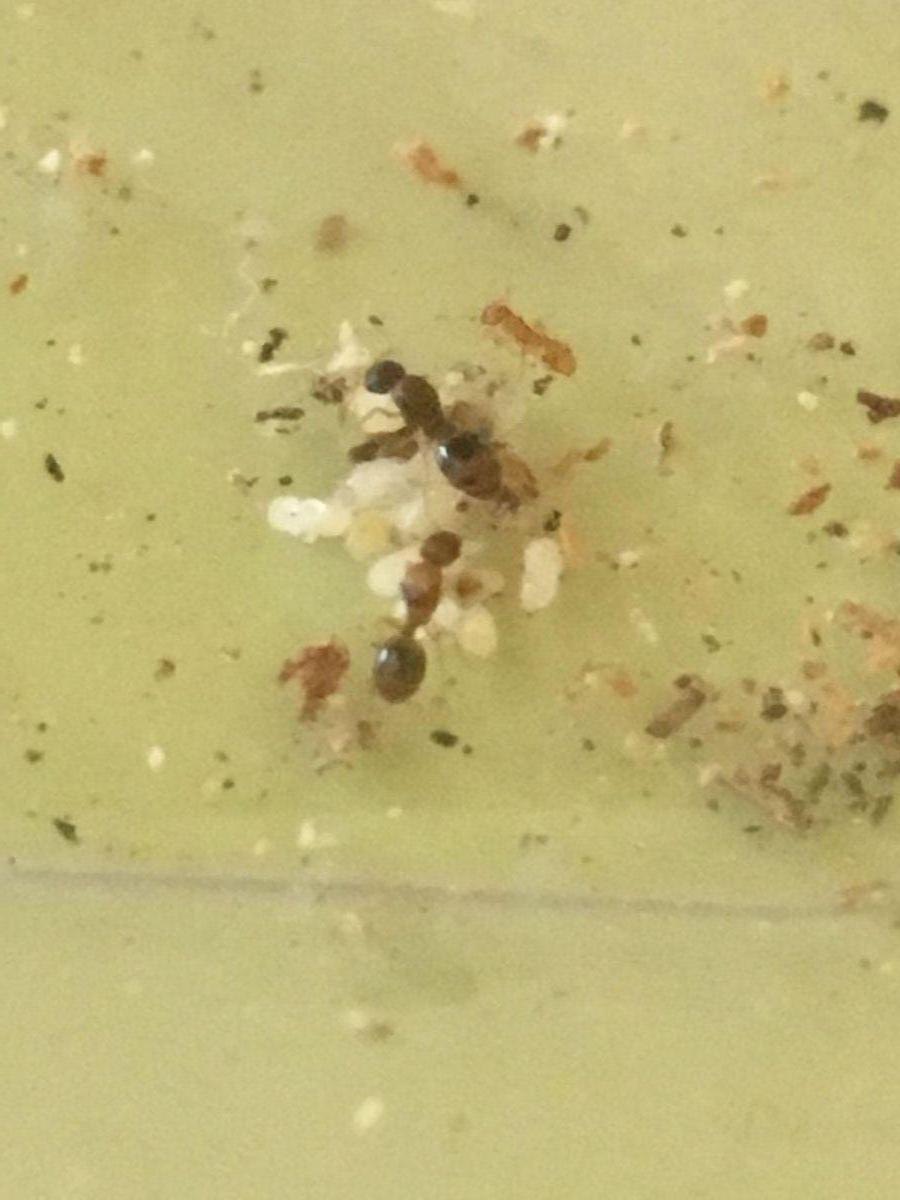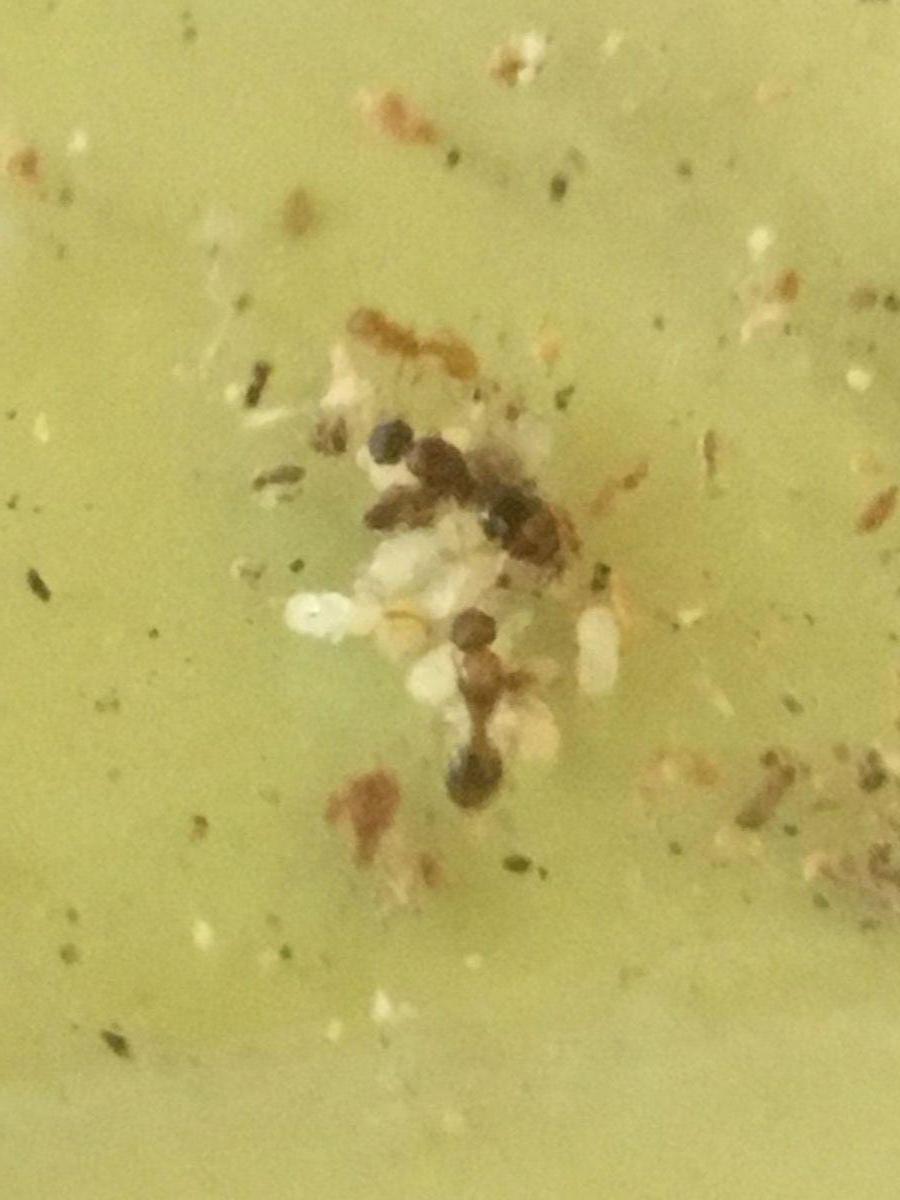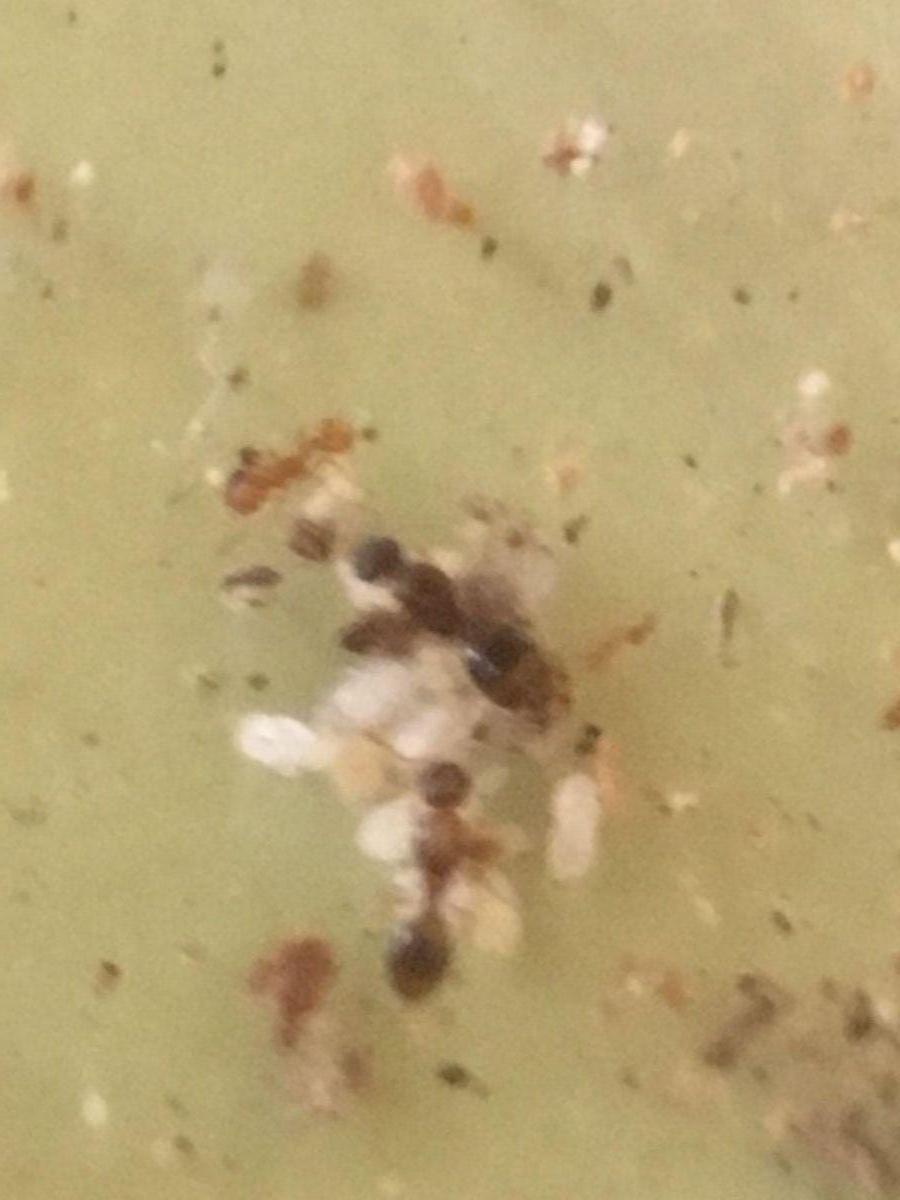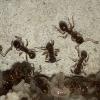T. minutissimus is an inquiline parasite species, whose queens live inside functional colonies of other ants, in this case T. curvispinosus. They are mostly identical to the host queens except for the fact that they are only about two thirds the size. My colony has three normal curvispinosus queens and one very small, differently colored, and strangely behaving queen who seems to be T. minutissimus. the workers are not hers, but if she produces alates, I can confirm my ID.
Temnothorax minutissimus does not produce workers.I suggest you recheck your ID
Edited by Antennal_Scrobe, July 24 2019 - 1:10 PM.
Currently keeping:
Tetramorium immigrans, Pogonomyrmex occidentalis
Myrmica punctiventris, Formica subsericea
Formica pallidefulva, Aphaeogaster cf. rudis
Camponotus pennsylvanicus
Camponotus nearcticus
Crematogaster cerasi
Temnothorax ambiguus
Prenolepis imparis
























